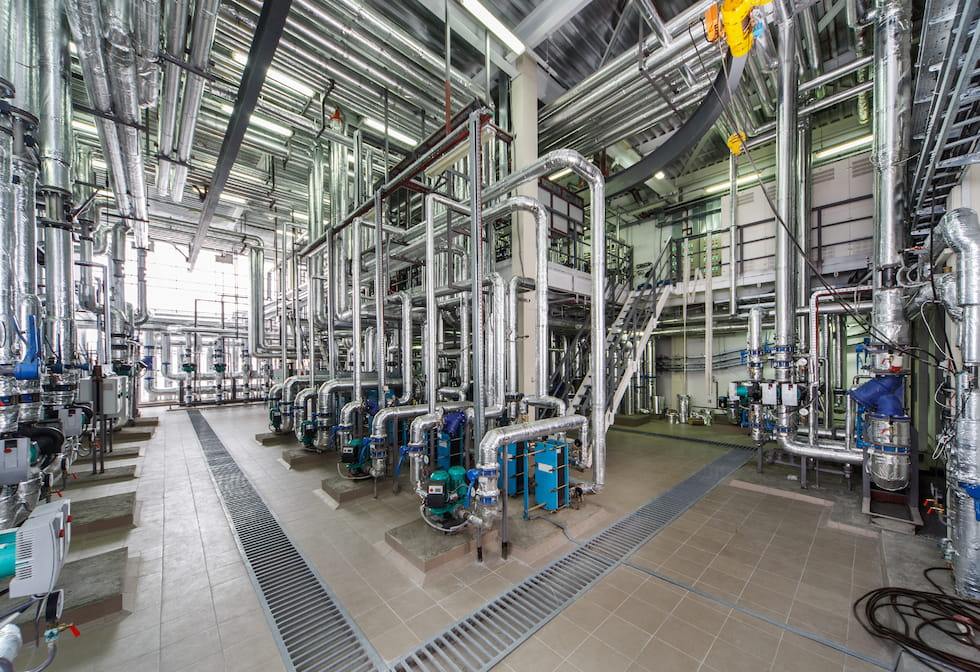
The global heat pump market is anticipated to observe heavy growth owing to rising environmental concerns across the globe. In addition, the implementation of heating technologies that are energy efficient is likely to shape the market growth over the coming years.
Apart from environmental concerns, growing installation of reliable and cost-effective heating technologies throughout the commercial and residential sectors is slated to be the major factor augmenting the overall market demand.
Additionally, increasing consumer awareness around energy optimization coupled with growing urbanization across the globe will further proliferate the industry share through 2026. Favorable initiatives introduced by the government along with decreasing component prices could create new business opportunities for market players, thereby augmenting the overall industry share.
According to a recent research report, the global heat pump market is projected to exceed 16 million units by 2026.
Below are the top trends that are expected to help the industry reach the aforementioned level of growth.
Favorable Regulatory Initiatives
The heat pump market should see considerable growth owing to supportive regulatory incentives and schemes globally. In addition, expanding efforts to reduce carbon footprints as well as growing energy prices should boost the market growth through 2026.
In one example, according to the NYSERDA (New York State Energy Research and Development Authority), the new incentive initiated for a whole house system with a $1,000 per ton cooling capacity, is expected to get about $3,000 to $4,000 as financial assistance for the single-family home.
WSHP To Gain Major Traction
The water source heat pump (WSHP) product segment is projected to observe heavy growth owing to its advantages over ground source or air source heat pumps. In addition, strict regulatory norms to tackle greenhouse gases are likely to outline the water source heat pumps growth through 2026. These pumps use less energy as compared to other sources.
The WSHP needs a water source, including rivers and lakes, that are heated by the sun with some support from a small amount of electricity. The WSHP boasts of a high level of efficiency having a coefficient of performance (CoP) of approximately five, which means each unit of electricity gives five units of heat.
Furthermore, WSHP units don’t need deep excavations, which are required in ground source heat pumps. WSHP units also offer longer life and quieter operations, which should augment their growth in the future.
Mounting Deployment Across Europe
The growing need for heating appliances in the residential sector is anticipated to augment the Europe heat pump market share. Extreme climatic conditions in the region have led to the growth in the sales of heating pumps. The market is projected to observe growth of more than 5% through 2026. Additionally, heat pumps help in reduction of carbon footprints, which might add up to the market demand in the future.
Increasing deployment in the residential sector and stringent government norms to curb carbon emission are some of the major factors indicating a definitive growth opportunity for heat pump market players.

